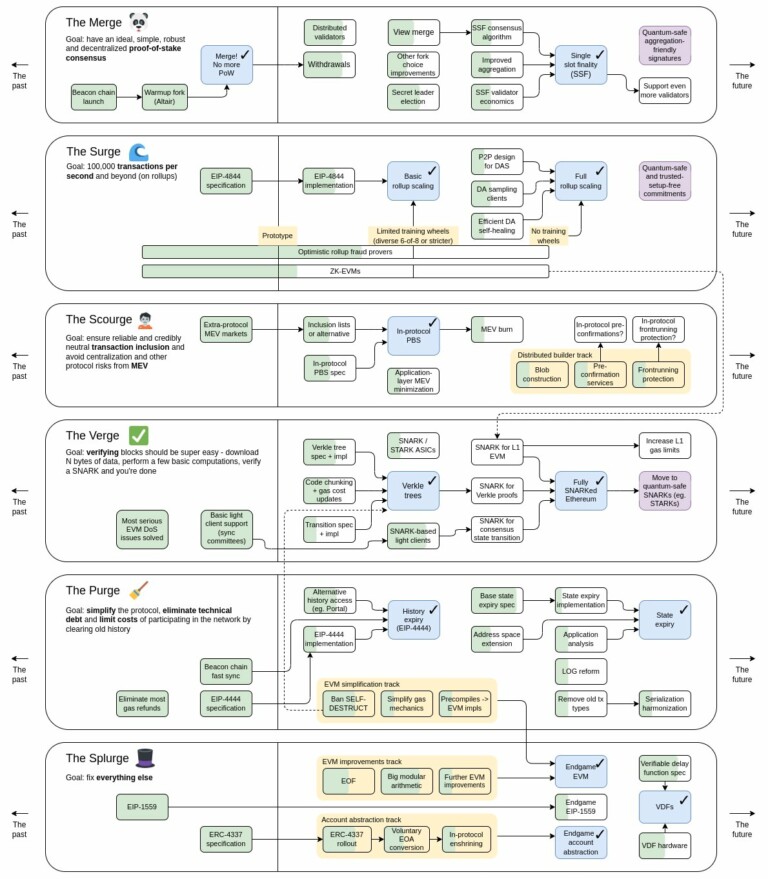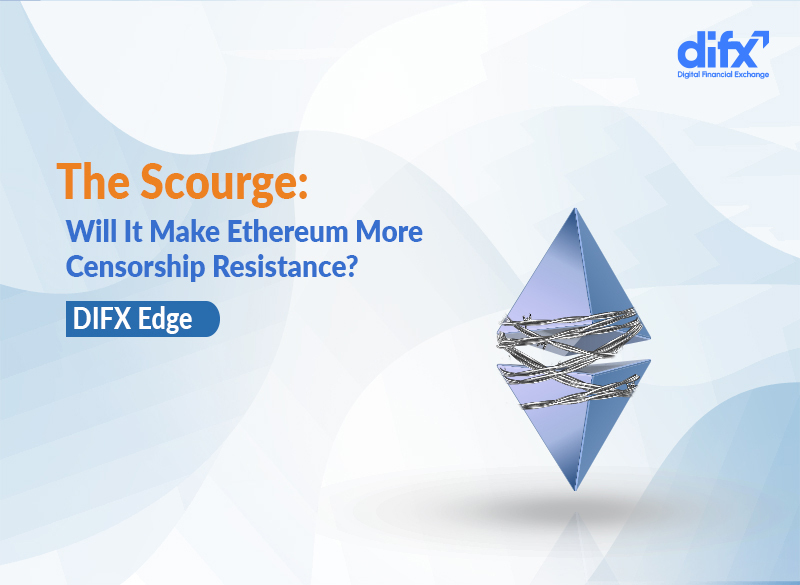On November 5, Vitalik Buterin, the founder of Ethereum, announced a new stage in the blockchain’s roadmap, a response to the censorship concerns spreading through the space. The story started when an essential piece of software for the Ethereum Beacon Chain started excluding specific transactions in an attempt to stay compliant with the U.S. Treasury’s sanctions.
Let’s start from the beginning!
OFAC Sanctioned Tornado Cash in August
On August 8, the U.S. Department of the Treasury’s Office of Foreign Assets Control (OFAC) announced that Tornado Cash, a virtual currency mixer is sanctioned for simply being used by criminals for money laundering purposes.
The department alleged that more than $7 billion worth of cryptocurrencies were laundered through the service since 2019. OFAC released a list of addresses designated to Tornado Cash, banning Americans from interacting with the platform. The move was followed by huge criticism from the crypto community as the department was sanctioning a set of software, not a criminal entity or an organization.
In October, Coin Center, a crypto advocacy group sued the Department of the Treasury for its sanctions against Tornado Cash. The group asserted that the Department cannot impose sanctions on technology and is therefore violating Americans’ right to privacy as some users may use the protocol for privacy reasons.
Just today, the Department of the Treasury broadened its sanctions for Tornado Cash, changing its reasons for sanctioning the decentralized crypto mixer.
What Happened After Tornado Cash Was Sanctioned
Before starting, let’s talk a little about the block creation process on proof-of-stake (PoS) Ethereum.
Block Builders, MEV-Boost, and Validators
In the new system, we have 3 main components in the process: Block Builders, Relays, and Validators (or Proposers). Ethereum separated the role of validators and block builders to achieve more centralization and censorship resistance.
As the name suggests, block builders will assemble transactions together, creating blocks. Relays, then, act as the middleman between block builders and validators, putting together an optimized bundle of blocks from various block builders and offering them to validators.
After that, validators can select the most profitable block based on the Maximal Extractable Value (MEV). According to Ethereum, “MEV refers to the maximum value that can be extracted from block production in excess of the standard block reward and gas fees by including, excluding, and changing the order of transactions in a block.”
Validators can run MV-Boost to maximize their profits. MV-Boost is an open-source software developed by Flashbots and can be connected to multiple relays and offer the most profitable block to the validator.

Source: MV-Boost Github
Flashbots Admits to Censoring Transactions
In August, Flashbots admitted that it’s censoring its main relay, removing transactions related to Tornado Cash to stay compliant with the US Treasury sanctions. This is quite concerning considering that Flashbots’ main relay holds a dominance of 80.16% while 70% of relays are enforcing the US sanctions, effectively censoring transactions.
In response to the community’s backlashes, Flashbots announced that it will publish its relay’s code as open source, giving users the ability to develop their own relay using the code.
The Scourge: Vitalik Proposes a Remedy
The growing level of censorship on the Ethereum blockchain drove Vitalik to reveal a solution, The Scourge. According to the new roadmap, The Scourge will “ensure reliable and credibly neutral transaction inclusion and avoid centralization and other protocol risks from MEV.”

Source: Vitalik’s Twitter
Just last month, Vitalik proposed another method for the centralization issue the blockchain is facing. The “Partial Block Auctions” method was proposed as a way to reduce the risks of builder centralization which could cause “mainly censorship, but also various forms of economic exploitation.”
However, for now, we still have to wait and see what Ethereum developers have in mind for The Scourge and whether the Partial Block Auctions method would be used.

